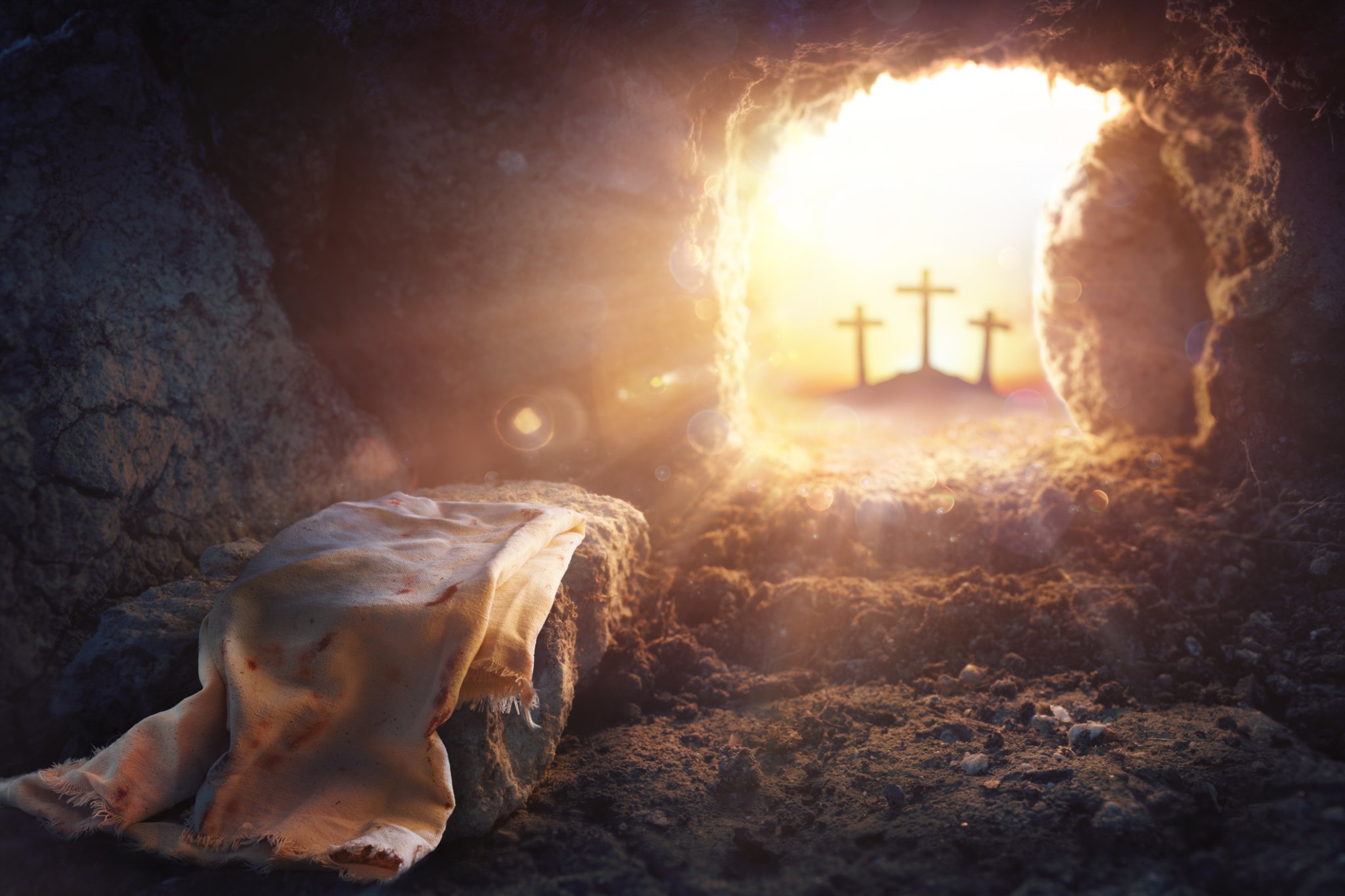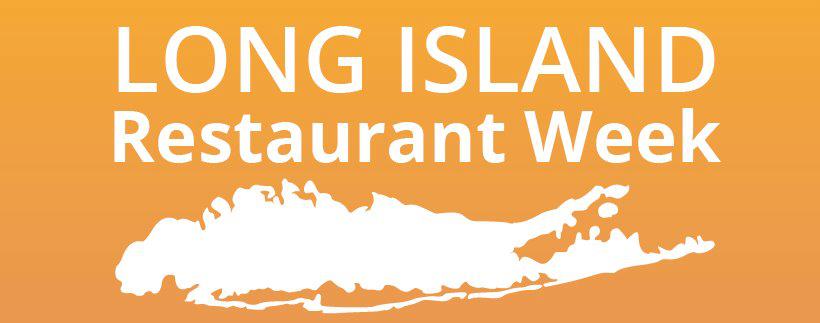The Real Meaning of Easter

If you walk into St. Luke’s Church in East Hampton, the first thing you see is a large carving of Jesus on the cross. To Christians, this is a familiar image. It is a reminder not just that Christ died for us but that when we ourselves suffer, God suffers with us and that it is often in tragedy that we most experience the presence of God. While this is true, Luke 24:1-12, this year’s gospel reading assigned for Easter morning warns us against staying in that place too long. There we read how, when the women went to the tomb looking for Jesus’ body, they saw men – two angels — who said to them,”Why do you look for the living among the dead? He is not here, but has risen.” Why do you look for the living among the dead? is a profound and incredibly pertinent question for us today. “Why do you look for the living among the dead?” reminds us that, as meaningful as the cross may be, we – when it comes to Easter – find it empty. “Why do you look for the living among the dead?” reminds us that, even when confronted with tomb, we – when it comes to Easter – will find that it is empty as well. As the angels told those women, Jesus is not there – and because of him, we don’t need to be there either. Because Jesus lives, we who live in a world fixated on death can be people focused on and filled with the promise of life.
Unfortunately, that isn’t always as easy as it sounds. Sometimes we put on blinders that make the miracle of the resurrection hard to see. A famous historic example of this is Thomas Jefferson. Like many of our founders, Thomas Jefferson was a child of the enlightenment – a brilliant “renaissance man of reason” whose values and dreams formed much of the foundation on which this nation was built. However, like many of his generation, he had a complete lack of faith in anything that seemed miraculous. Because of this, Jefferson literally took a scissors and cut out all references of the supernatural from his Bible. His gospels, for example, were left with only the moral teachings of Jesus and his version of the resurrection ends with these words: “There they laid Jesus and rolled a great stone at the mouth of the sepulcher and departed.” Despite his inventive mind and far reaching vision, Jefferson was unwilling to try to understand or see the meaning of Easter. Despite all his greatness, he was stuck in the tomb, without ever knowing that nothing was there.
This reminds me of the story of a Sunday school class in which the students were given the task of filling plastic Easter eggs with something that reminded them of the resurrection. The teacher then had each of the children show what they had made to put inside. One girl had filled her egg with a drawing of a butterfly, another had put a little cross in hers, yet another had made a little flower that was neatly folded to fit in hers. She went around the whole room and finally rather nervously approached came to a young boy named Jeremy. Jeremy was one of those kids who sat alone with an unhappy look on his face and never said anything in class. The teacher got to Jeremy, looked in his egg, glanced around the class, and whispered “Jeremy, its empty. Nothing’s there.” “That’s right,” he whispered back with a big “got you” grin on his face, “just like it was on Easter day.” With that egg, Jeremy showed his teacher that he knew something that Jefferson didn’t. Jeremy knew that Jesus lives and that because he lives, we too can live in a new life that begins today.
Phillips Brooks, the famous 19th century Episcopal priest (and author of hymns including the Christmas favorite “O Little Town of Bethlehem”) put it this way: “The great Easter truth is not that we are to live newly after death – that is not the great thing – but that we are to be new here and now by the power of the resurrection; not so much that we are to live forever, as that we are to, and may, live nobly now because we are to live forever.”
Living nobly now, living as Easter people of hope and promise now, is indeed a challenging thing – particularly when the world throws everything it can at us to say that it can’t be done. Living as Easter people doesn’t mean that life won’t have its downs as well as ups. It means living nobly when it does. Remember that after the resurrection, even Jesus retained his scars on his hands and his feet. Think about that for a moment. Why would God go through all the work of raising Jesus from the dead and not fix him? Why not a little heavenly plastic surgery? I think Jesus was left with the wounds as a message for us: a reminder that, even with his resurrection, he understands all of the hurt and pain that we might feel. Those scars tell us that Jesus understands that even with the resurrection, life can be difficult. Living as Easter people not mean that life will be perfect or that bad things will not happen. Living as Easter people does mean that when bad things do happen we know that God is right there with us, giving us the promise of life. The cross is there. The tomb is there. Miraculously, however, they are empty . . . and in their emptiness are full of promise and hope. The cross and the tomb are empty because Jesus isn’t there. Because Jesus isn’t there, we don’t need to be there either. The cross and the tomb are empty because Jesus isn’t there. They are empty because Jesus is out in our world with us. If we are looking for him, we need to look where there is life.

Rev. Dr. Benjamin Shambaugh is the rector at St. Luke’s East Hampton.



